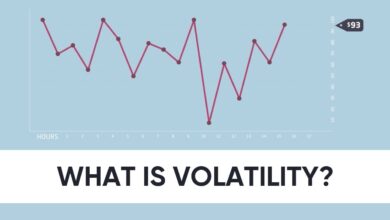What is ROI (Return on Investment)?

ROI is a performance statistic that can be used to evaluate the profitability or efficiency of an investment or to compare the efficiency of several investments. An investment’s return on investment (ROI) measures the connection between cost and return. ROI is computed by dividing an investment’s profit (or return) by its cost. The result is expressed as a percentage or ratio.
- Return on investment (ROI) is a standard profitability metric used to evaluate how well an investment has performed (ROI).
- ROI is a percentage that is calculated by dividing the net return (or loss) on an investment by the investment’s initial cost or outlay.
- It is feasible to make apples-to-apples comparisons by using ROI to evaluate investments in various projects or assets.
- The opportunity costs of investing elsewhere may not be taken into account by ROI because it does not take time or the duration of a holding into account.
- Determine whether something offers a respectable return on investment if there are alternative possibilities.
Understanding ROI
ROI is a popular metric because of its versatility and simplicity. In essence, ROI acts as a fundamental barometer of the profitability of an investment. This could be the return on investment from stock purchases, the ROI a company hopes to achieve by increasing production, or the ROI from a real estate deal.
The computation itself is not too hard to understand given its many applications. An investment is considered wise if it yields a net positive return on investment. If more chances with greater ROIs are present, these indications can help investors exclude or choose the best picks. Negative ROIs should also be avoided by investors because they signify a net loss.
Take Jo for example, who purchased $1,000 worth of Slice Pizza Corp. stock in 2017 and then sold it for $1,000 in 2018. To calculate the ROI, which is equal to $200/$1,000 or 20%, divide the net profits ($1,200 – $1,000 = $200) by the initial cost ($1,000).
The investment in Slice Pizza could be compared to other projects using this information. Assume Jo gave Big-Sale Stores Inc. $2,000 in 2014 and sold the shares for a total of $2,800 in 2017. Jo would receive a return on her Big-Sale investments of $800/$2,000, or 40%.
Limitations of ROI
The disadvantages of assessing ROI, especially when comparing investments, are demonstrated by examples like Jo’s (above). Even though the ROI on the second investment was twice as high as the ROI on the first, the time between Jo’s purchase and the sale took place across three years as opposed to one year for the first investment.
Jo may make any necessary adjustments to the ROI of the long-term investment. Jo could calculate the annualized ROI by dividing the 40% total ROI by 3, which gave her a result of 13.33%. After this change, it now looks that Jo’s first investment was actually the better choice, despite the bigger profit it produced.





